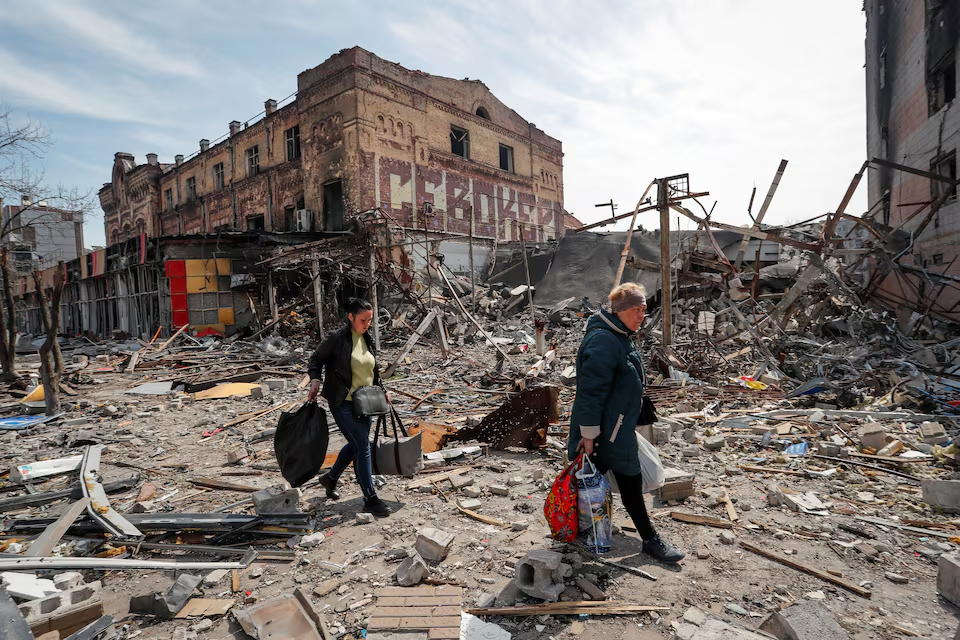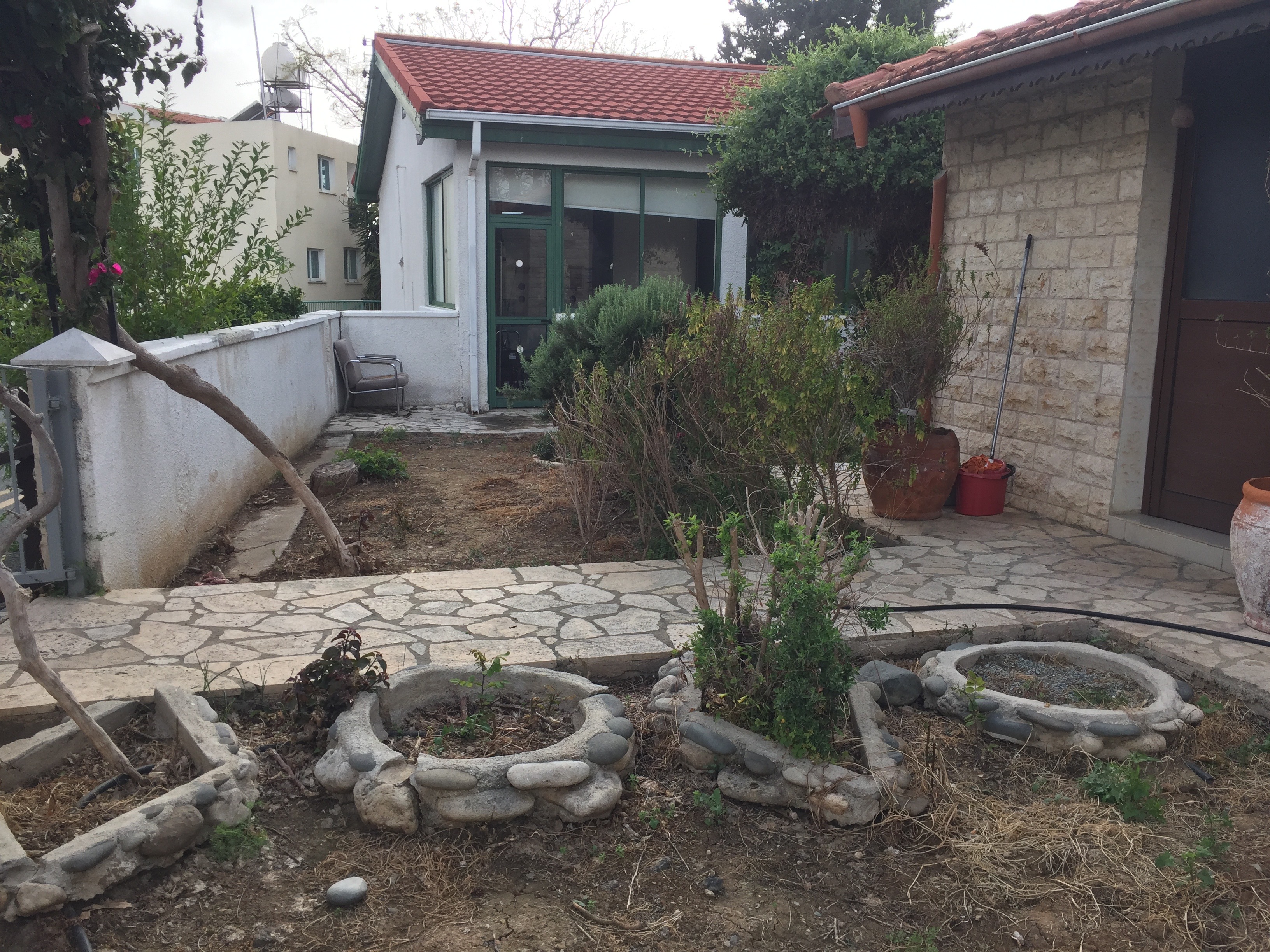Efforts to broker peace between Russia and Ukraine have so far been unsuccessful, but if there were an end to the war, what would that look like for Ukraine? It is likely Ukraine’s economic recovery would emerge as one of the most ambitious reconstruction efforts in modern history.
The immediate damage to the country’s infrastructure is currently estimated at $176 billion, while the total cost of rebuilding would be expected to exceed $524 billion over the next decade.
The main sectors targeted for investment should include energy, transportation, housing, agriculture and digital infrastructure.
The energy sector – particularly the modernisation of the grid and the development of renewable energy – is of critical importance, as repeated attacks on electricity and gas networks have left millions of Ukrainians without reliable access, especially during the winter months.
Transportation infrastructure – roads, railways, airports and ports – is also vital for reconnecting Ukraine with the European networks and boosting the country’s exports, particularly for agricultural products.
Rebuilding housing is equally urgent, as 13 per cent of the residential stock has been damaged and nearly five million people have been displaced.
International support appears to be strong. The recent Ukraine Recovery Conference (URC 2025), which was held in Rome in July, brought together governments and local authorities, international organisations, financial institutions and businesses, focusing on four dimensions: economy and business, local and regional, European integration and human.
During the conference, immediate commitments exceeding €10 billion were confirmed, while the EU announced an additional €2.3 billion, aiming to mobilise up to €10 billion in strategic investments.
Furthermore, a new European Reconstruction Fund for Ukraine was established to attract private capital in the energy, infrastructure and defence sectors.
The US remains the largest donor, with nearly $175 billion committed through the end of 2024, of which $106 billion is directed to Kyiv.
Other major donors include Germany (which supports rebuilding in the area of Chernihiv), the UK (which focuses its assistance on Kharkiv), Poland and Italy (which are committed to the Donetsk area) and France (focusing on Odesa and Kyiv).
Possible funding models include reconstruction bonds, multilateral guarantees and direct equity participation. The World Bank, IMF and European Investment Bank are expected to offer loans on favourable terms and guarantees to reduce investment risk. The utilisation of frozen Russian assets – estimated in the region of $300 billion – is also under consideration, although legal obstacles remain.
Private sector involvement is considered essential. Well-known companies, such as Vinci, Bouygues, General Electric, Nokia and Deere & Co. are preparing for contracts in construction, energy, telecommunications and agriculture.
Defence companies, like Lockheed Martin and Rheinmetall, may also contribute to rebuilding Ukraine’s military industry.
Despite positive signals, risks remain elevated even after a possible return to peace: political instability, corruption, legal uncertainty and demographic challenges due to mass migration.
The success, therefore, of reconstructing Ukraine depends not only on credible, long-term peace agreements but also on institutional reforms and international cooperation.
If successful, Ukraine could transform into a dynamic economic hub at the heart of Europe, reshaping the region’s geopolitical landscape and serving as a model for post-war recovery.
Andreas Charalambous and Omiros Pissarides are economists, and the views they express are personal








Click here to change your cookie preferences